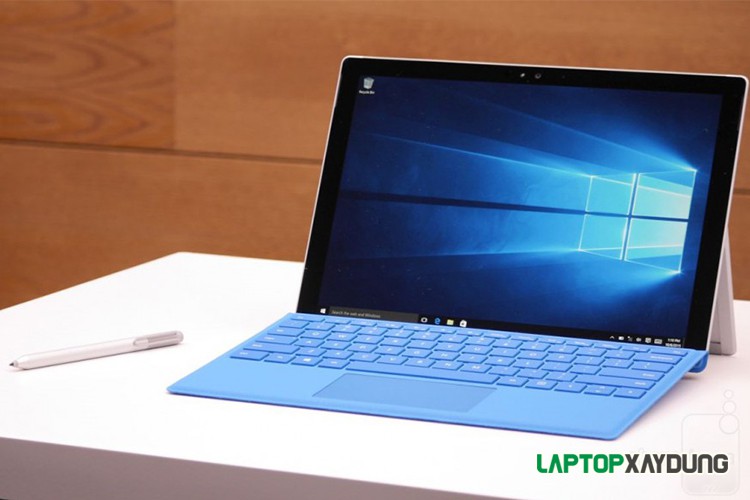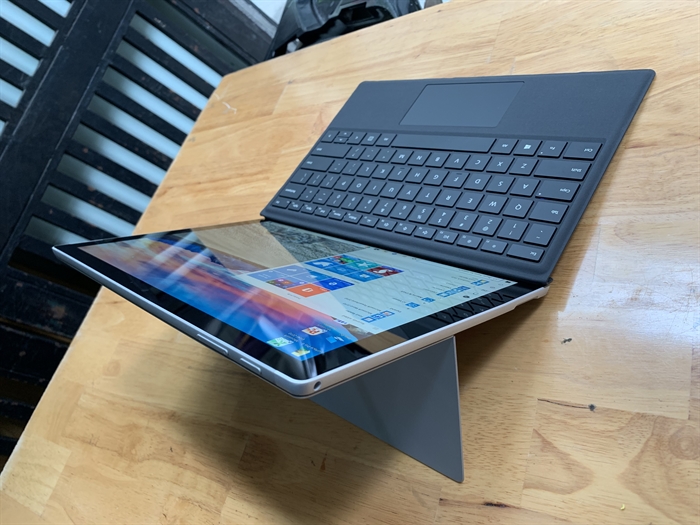
3DMark Sky Diver: Up to 91 percent improvement The move from 10th-gen to 11th-gen CPUs in the Surface Pro 7+ garnered a small boost in the prolonged HandBrake test. The performance improvement over the Surface Pro 7 is less pronounced here, even with the Windows performance slider dialed up to maximum. Over time, we’ve tended to regard Cinebench as a sprint for the CPU, while using the free HandBrake utility to transcode a movie pushes the CPU to the limits over a marathon of an hour or so. PCMark’s performance also improved, probably at least partially likely to the impact the improved GPU has on tests like light gaming and video editing. Again, the Surface Pro 7+ outpaces its in-house competition, and performs even better with the performance slider dialed up. We used the PCMark 8 Creative suite of tests (measuring web browsing, photo editing, light gaming and more) to measure this aspect of performance. Microsoft bills the Surface Pro lineup as a tool for productivity as well as content creation, and the tablet form factor lends itself to drawing as well as creative work. PCMark 8 Creative: Up to a 15 percent improvement

Single-threaded performance, though, increased just 6 percent.

(We’ve shown that in the graphs above and below with the red bar, outlined in black.) That’s an amazing, unexpected boost. Boy, were we wrong.īasically, adjusting the power slider increased Cinebench multithreaded performance from a 6-percent upgrade over the Surface Pro 7 to about 22 percent. We weren’t expecting much on the Surface Pro 7+. When we bumped up the performance slider on the original Surface Pro 7, basically nothing happened.


 0 kommentar(er)
0 kommentar(er)
